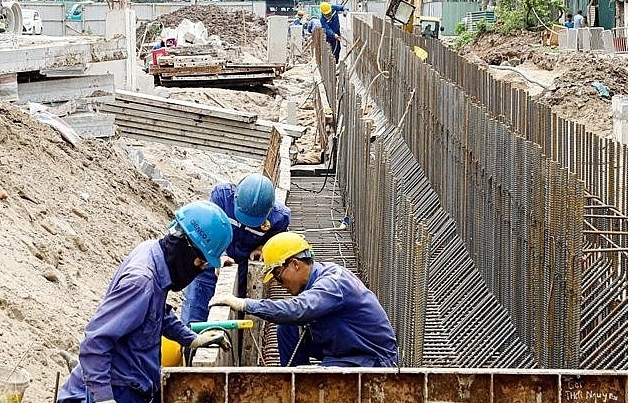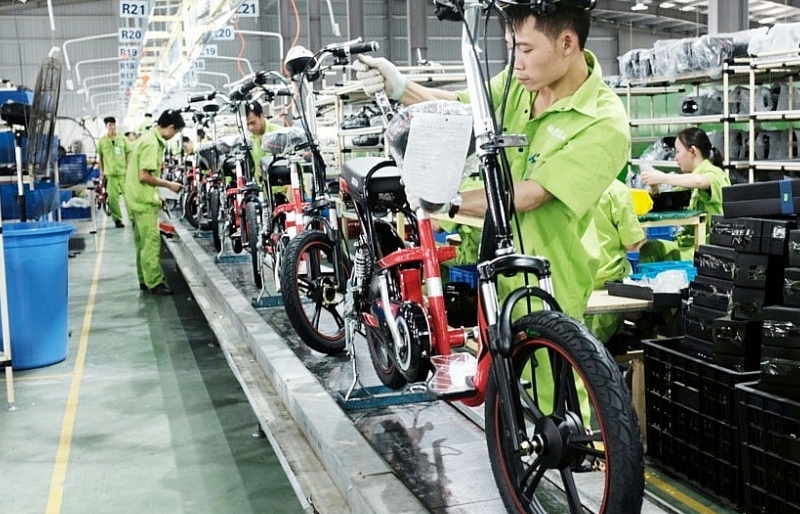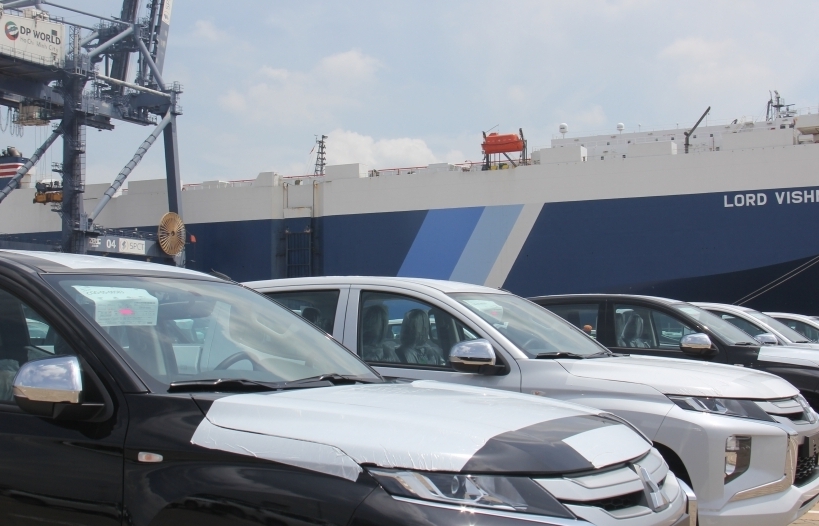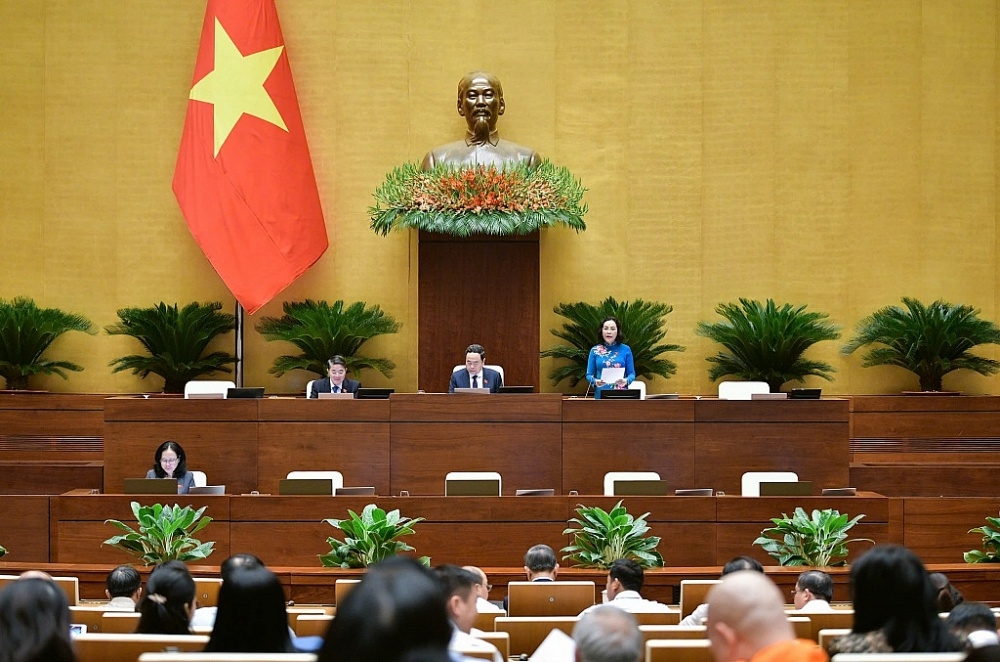Reduced cash payment: Target is not easy to reach
 |
| Increasing non-cash payment creates many opportunities but also many challenges in Vietnam. Picture: ST. |
Efforts to reduce the cash payment rate
With modern lifestyle along with big city living in the capital city, Hanoi, Ms Phuong Dung (Dong Da district) regularly buys household utensils and utensils at supermarkets and big shops. Therefore, her primary payment method is through credit cards, ATM cards or using mobile payment applications that are provided by many banks. In addition, the payment of television services, electricity, water, etc, is also registered for payment through banks.
However, in the suburbs of Hanoi, things have changed. Ms. Vu Thi Hoa (Dong Anh, Hanoi) said that when the salary was transferred to her bank account, she immediately withdrew to use cash, because most people here go shopping at the market or small shops. Ms. Hoa also shared,that even with ATM cards she did not know how to pay through the card.
The above are two typical examples of current payment trends of Vietnamese people, showing that the rate of payment in cash is very large. Especially when the proportion of people living in rural areas is high (about 70%), the number of people with new bank accounts is only about 30%.
However, for businesses it is more positive, because non-cash payments are increasingly common, especially for tax and fee activities. According to the latest report of the General Department of Taxation, up to 30/11 there were more than 2.7 million electronic tax transactions with the amount of over 469 trillion. There are more than 631 thousand enterprises using electronic tax declaration services, reaching 99.82% of total enterprises in the country. In the field of customs, in just over a month implementation of the 24/7 electronic tax scheme of the General Department of Customs, there were more than 1,500 successful transactions with more than VND200 billion of tax paid through the electronic payment gateway of the General Department of Customs, and is increasing day by day.
According to the State Bank of Vietnam (SBV), the ratio of cash payment in the total means of payment continued to decrease, from 14.02% in 2010 to 11.45% in August / 2017. This is due to the efforts of the Government and the authorities to implement the project of developing non-cash payment in Vietnam in the period 2016-2020. The objective of the project is to reduce the proportion of cash on the total means of payment to less than 10% by the end of 2020; raising the proportion of people aged 15 and above with bank accounts to at least 70%; improving connective capacity with the processing of data exchange solutions between financial agencies and the banking system that meet the requirements of coordinating state budget revenues by electronic means.
Decreasing negative
According to experts, the criteria to identify a country at risk of abusive criminals for money laundering, Vietnam is at high risk. One of the main causes is that Vietnam has a developing economy with a habit of using cash. Therefore, non-cash payments will help to strengthen the mutual examination between individuals and economic organizations; it’s one of the methods of assessing prestige of people and organizations in the market; facilitate the regulator to control the flow of money in the economy as well as the practices related to smuggling, corruption, and illegal economic activity.
With these benefits, the non-cash payments are being rapidly developed by many agencies; In particular, the banking system is almost starting a racing ahead to change technology and services to enter the digital revolution, digital banking.
According to economist TS. Can Van Luc, Vietnam has great potential for developing digital financial services as its customers and Fintech are developing with rapid growth. Therefore, in the past, in Vietnam, e-commerce reached $ 5 billion in 2016 and may reach $ 10 billion in the next 5 years, with 62% of shoppers having engaged in online shopping, and Vietnam accounts for 44% of banking customers using digital banking. The payment of QR codes is fast growing from 2017 to the end of September. This method of payment has increased by 120%, so it is forecasted that by the end of 2018 there will be 50,000 QR bar code transactions compared with 5,000 in September 2017.
However, it is difficult for Vietnam to change its form of cash payment to non-cash. The challenge lies not only in the information technology infrastructure but also in the consumer's cash-flow habits. Therefore, TS. Mr. Van Van Luc said that it is necessary to strengthen communication to raise public awareness of e-banking financial services, and especially to relieve people's anxiety about the safety of the electronic payment. In addition, the regulatory authorities need to strengthen legal activities to protect the interests of the involved parties, the people, enterprises, and customers, as well as the financial institutions themselves in providing non-cash payment services. Therefore, it is necessary to have a stable information technology infrastructure so that there are no problems during the operation.
Besides, economist TS.LS. Bui Quang Tin said that for enterprises, the biggest obstacle in the use of electronic services is the concerns of safety because there are many cases of money in accounts suddenly disappearing. Therefore, in order to increase the prestige of non-cash payment services, the banking sector needs to upgrade the technology infrastructure to improve reliability to its customers. Along with that, the administrative infrastructure of the administration, such as tax and customs, also needs to be upgraded so that tax declaration and payment is simpler and more convenient.
In fact, to ensure the effectiveness of using non-cash payment, countries must take measures to strictly manage and encourage people and businesses. In China, the mobile payment market is booming by QR code. Therefore, in order to control the quality of mobile payment growth, the Chinese central bank has asked the payment solution providers to join a non-bank Internet payment union. The purpose of this change is for the Chinese central bank to control all payment channels with relevant data, to avoid asset theft, money laundering, as well as establishing a safe financial mechanism for users, and making market information more readily available.
The regulator has issued many important legal documents to manage non-cash payment, but it still needs more legal framework. The economists say, this is the field of speed change so the legal system should have the prognosis. This is an issue that needs to be tackled by many parties, because non-cash payments are not just a matter of catching up with the trend, but also an effective solution to tackling corruption, money laundering, tax evasion, and helping to clean up financial activities.
Related News

Public investment disbursement in 7 months lower than same period last year
13:44 | 01/08/2024 Finance

Ensure deadline for payment of public investment capital at State Treasury
09:34 | 23/01/2024 Finance

Amend Corporate Income Tax to implement Pillar 2 of global minimum tax
15:37 | 30/10/2023 Regulations

In 5 months, Customs sees a year on-year decrease of 18% in revenue
15:50 | 12/06/2023 Customs
Latest News

M&A activities show signs of recovery
13:28 | 04/11/2024 Finance

Fiscal policy needs to return to normal state in new period
09:54 | 04/11/2024 Finance

Ensuring national public debt safety in 2024
17:33 | 03/11/2024 Finance

Removing many bottlenecks in regular spending to purchase assets and equipment
07:14 | 03/11/2024 Finance
More News

Continue to handle cross-ownership in banks
10:35 | 02/11/2024 Finance

Striving for average CPI not to exceed 4%
16:41 | 01/11/2024 Finance

Delegating the power to the government to waive, lower, or manage late tax penalties is suitable
16:39 | 01/11/2024 Finance

Removing difficulties in public investment disbursement
09:30 | 31/10/2024 Finance

State-owned commercial banking sector performs optimistic growth, but more capital in need
09:28 | 31/10/2024 Finance

Stipulate implementation of centralized bilateral payments of the State Treasury at banks
09:29 | 29/10/2024 Finance

Rush to finalize draft decree on public asset restructuring
09:28 | 29/10/2024 Finance

Inspection report on gold trading activities being complied: SBV
14:37 | 28/10/2024 Finance

Budget revenue in 2024 is estimated to exceed the estimate by 10.1%
10:45 | 28/10/2024 Finance
Your care

M&A activities show signs of recovery
13:28 | 04/11/2024 Finance

Fiscal policy needs to return to normal state in new period
09:54 | 04/11/2024 Finance

Ensuring national public debt safety in 2024
17:33 | 03/11/2024 Finance

Removing many bottlenecks in regular spending to purchase assets and equipment
07:14 | 03/11/2024 Finance

Continue to handle cross-ownership in banks
10:35 | 02/11/2024 Finance




